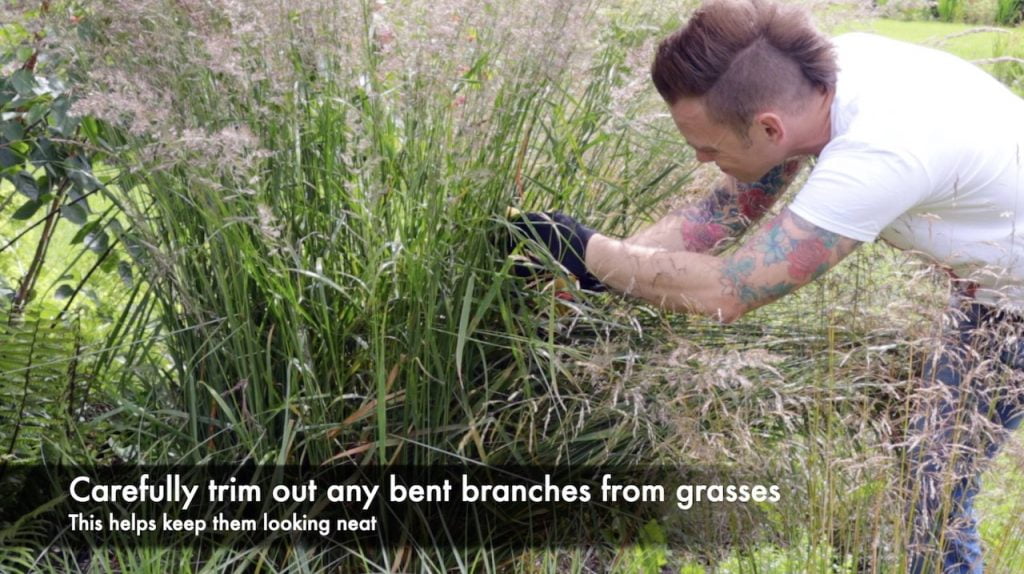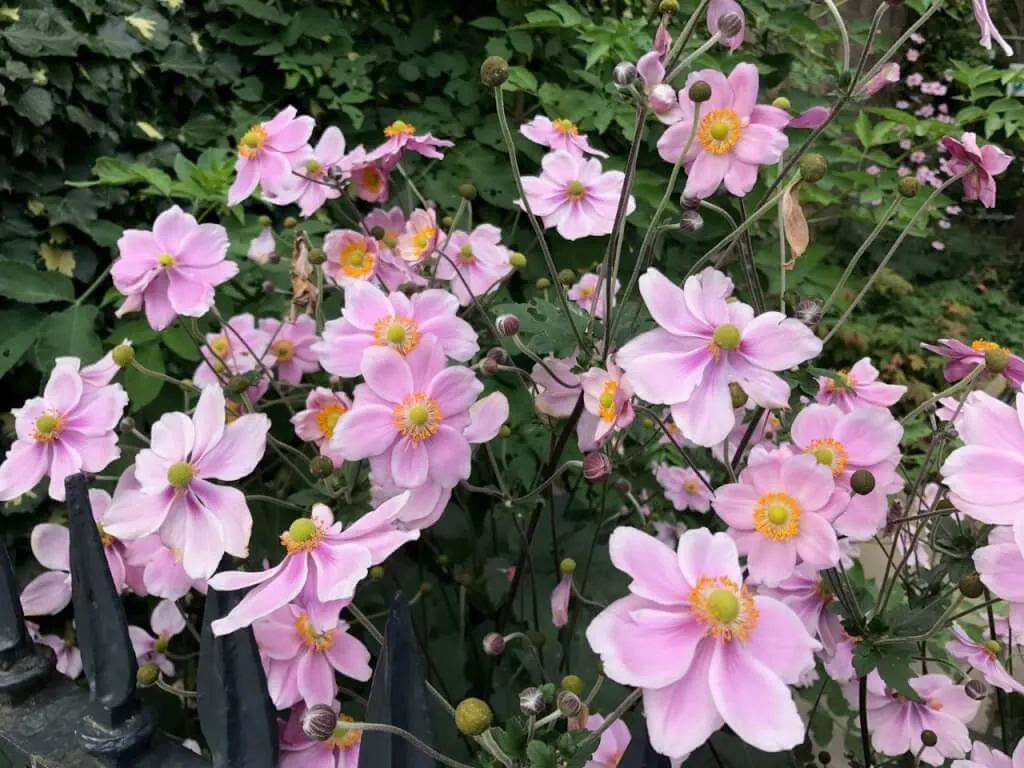June Garden Tour 2020: Improving soil & shredding for compost
 Lee Burkhill: Award Winning Designer & BBC 1's Garden Rescue Presenters Official Blog
Lee Burkhill: Award Winning Designer & BBC 1's Garden Rescue Presenters Official Blog

June is the month in the garden where nearly everything is looking its best. Roses should now be in full bloom (especially if you've followed my rose pruning guide in the winter), ornamental grasses will be swaying in the breeze and your herbaceous perennials will all be bursting into flower.
It's typically a month where you can breathe a nice sigh of relief, crack open the fizz and relax. Your hard work has paid off and this is the time to stop and smell the roses!
On the last garden tour, I mentioned briefly how I needed to address some soil issues in the Exploding Atom Garden and boy did it get a reaction online! Many of you have been messaging me on Social Media to ask about soil improvement tips. So, I've taken extra time in this month's Garden Tour to give you my top tips for soil improvement.

I've got a clay vein that runs across the garden, so some flower beds are more moisture-retentive and nutrient-full than others. This plays havoc when they are pitted against the sandier dryer borders as plants tend to be slower to develop in these beds.
I've been adding super-rich Wool Compost from Dalefoot Composts in the Lake District here in the UK. They make the most wonderful peat-free natural bracken and wool composts. Which helps lock in far more moisture than other shop-bought composts (most of which sadly contain peat which is really bad for the environment). Given the high bracken and wool content, they are mega nutritious, helping feed the soil and your plants.

Mulching is probably the best way to address soil issues in the garden. Many people have been asking me how they can improve soil and the quick answer is with mulch. Firstly you need to really understand what soil type you have (I have a handy guide for that here).
The flower beds I want to improve are the sandy soil based beds. Nutrients and water quickly drain from these and so the plants in these beds are smaller and slower to develop. This month I've been adding a thick 1-2inch mulch on these beds.

This garden mulch will help my soil in the following ways:
So if you're struggling with plant health or poor soil then the first place to start is by adding a really rich mulch of organic high-quality compost. Always aim to buy the best peat-free compost you can, its a false economy to buy cheap dusty compost as it simply won't stay in the soil for long enough and often a few gusts of wind blow it off!
With the recent heat waves and water shortages, my Knautia and Scabious are suffering from powdery mildew. This fungus reduces photosynthesis in the plants (the main way they create food and thus growth). Mildew can also feed off the plant as it spreads so its definitely a plant health concern to watch out for.
It's not usually a plant killer and is caused by dry hot spells where the plants get stressed. It can be quite unsightly and affects a range of herbaceous perennials and even roses.

However, most of the time it is mainly cosmetic. So if your plants are still looking relatively healthy I tend to leave them alone other than extra watering to help them recover. Again, adding mulch to these borders will help these plants conserve moisture to reduce the chance of the mildew reoccurring next year.
So, I've decided to treat myself this month to a real gardeners toy: a garden shredder! This machine is great to slicing and chipping up woodier prunings and branches. A garden shredder makes quick work of tree prunings saving both time and effort on my part.

It also means that you can then compost the shreds from your garden waste. These prunings would otherwise take years to properly break down. The shredder slices them open increasing these smaller prunings surface area. This, in turn, means that bacteria and moisture can enter and start to break them down. Lastly, it means less green waste going into bins. So it's really a win-win!

When adding these shreds to your compost, they are classified as brown fibrous waste and can help balance out the green waste of, say, lawn clippings for better compost! These woodier prunings will take about a year to fully break down in a large compost bin but it's well worth the wait.
It's been a pretty blustery few weeks here in the UK with a storm and a couple of days of torrential rain. Whilst most herbaceous plants can withstand a bit of adverse weather some of the taller ornamental grasses got damaged.

Rather than leaving them to look unsightly I always recommend spending some time snipping out the broken stems. It takes a bit of time, but it means your grasses keep looking magnificent for much longer. You won't even notice that you've had to trim them back. The video at the top of the page shows you how to do it.
So that's pretty much it for this month. I'll be spending far more time enjoying than working on the garden this month. After all, all work and no play!
I’d love to hear from you on Social media either by Tweeting, Facebook or Instagram about how your gardens are doing. If you need gardening advice why not check out my Youtube Gardening guides and subscribe if you haven't already!
Happy Gardening!


You must be logged in to post a comment.






JOIN THE NINJAS

Be the first in line for new Guides, Discount codes and Offers
I just wanted to thank you for this post. I really enjoyed reading it and found the information very helpful. Just last night we had a great conversation with friends about mulch and how it can improve soil and shredding for composting as well as address issues of moisture content in the garden. They’re also interested in what you have to say on this topic so I gave them your link! Thanks again
Thanks so much! I’m glad my gardening content is so well received!
Feel free to subscribe to my YouTube channel where there’s hundreds of how to gardening guides!
https://www.youtube.com/c/GardenninjaUk/